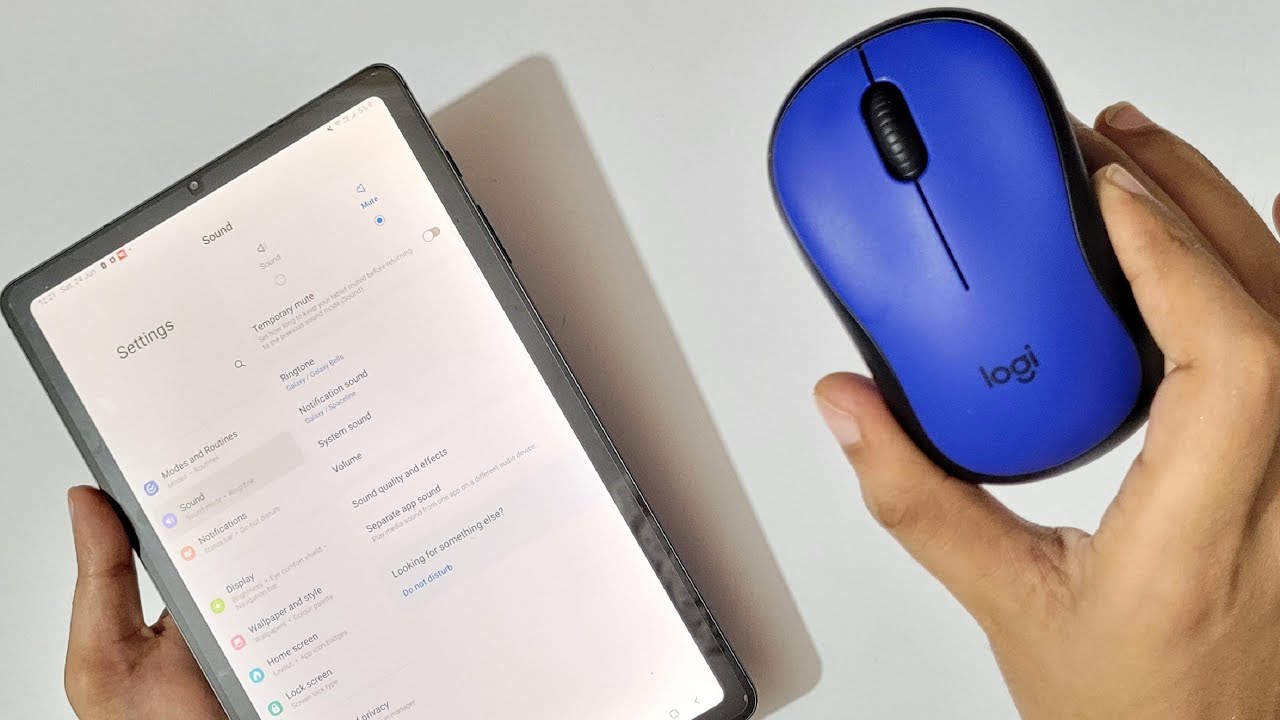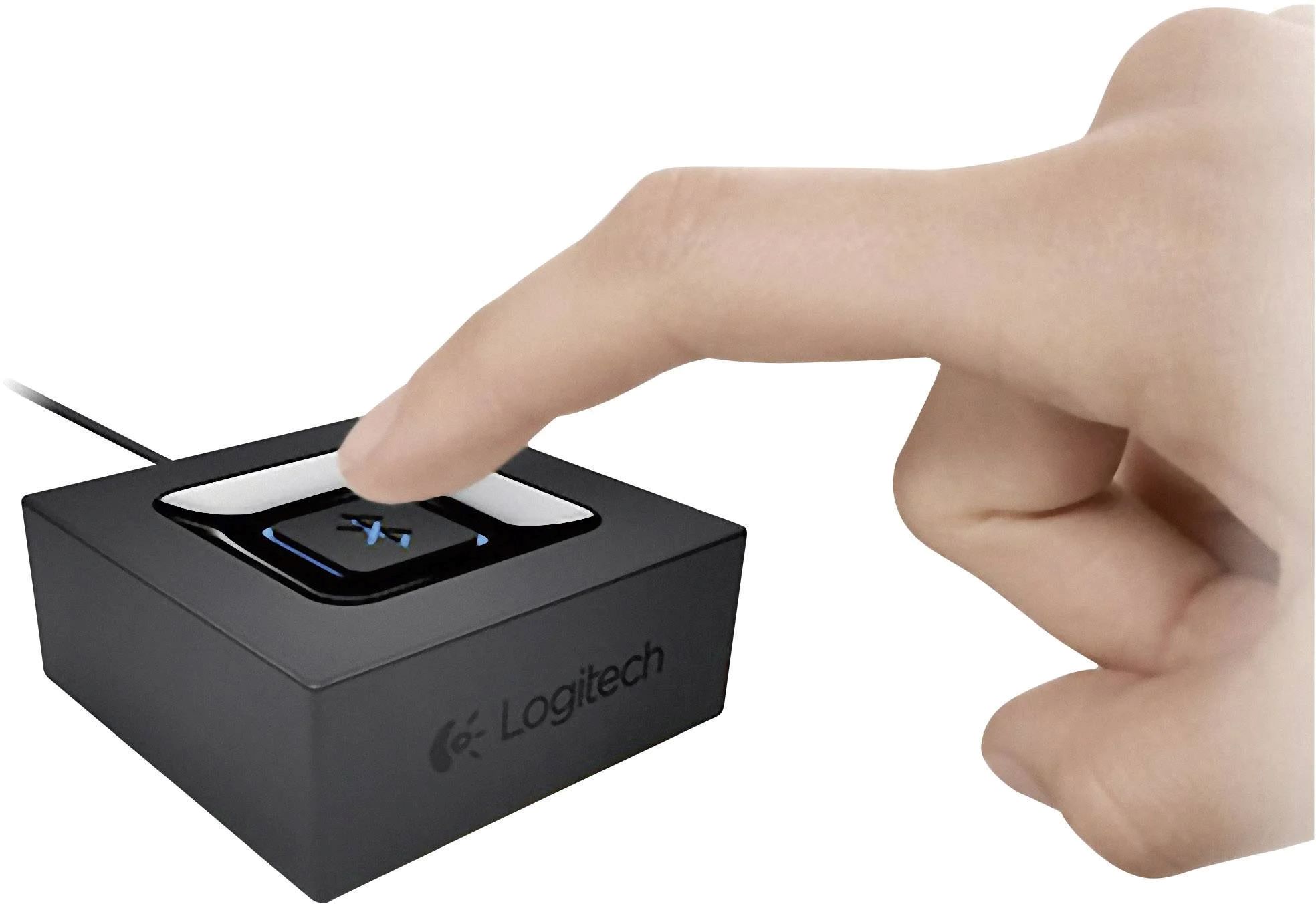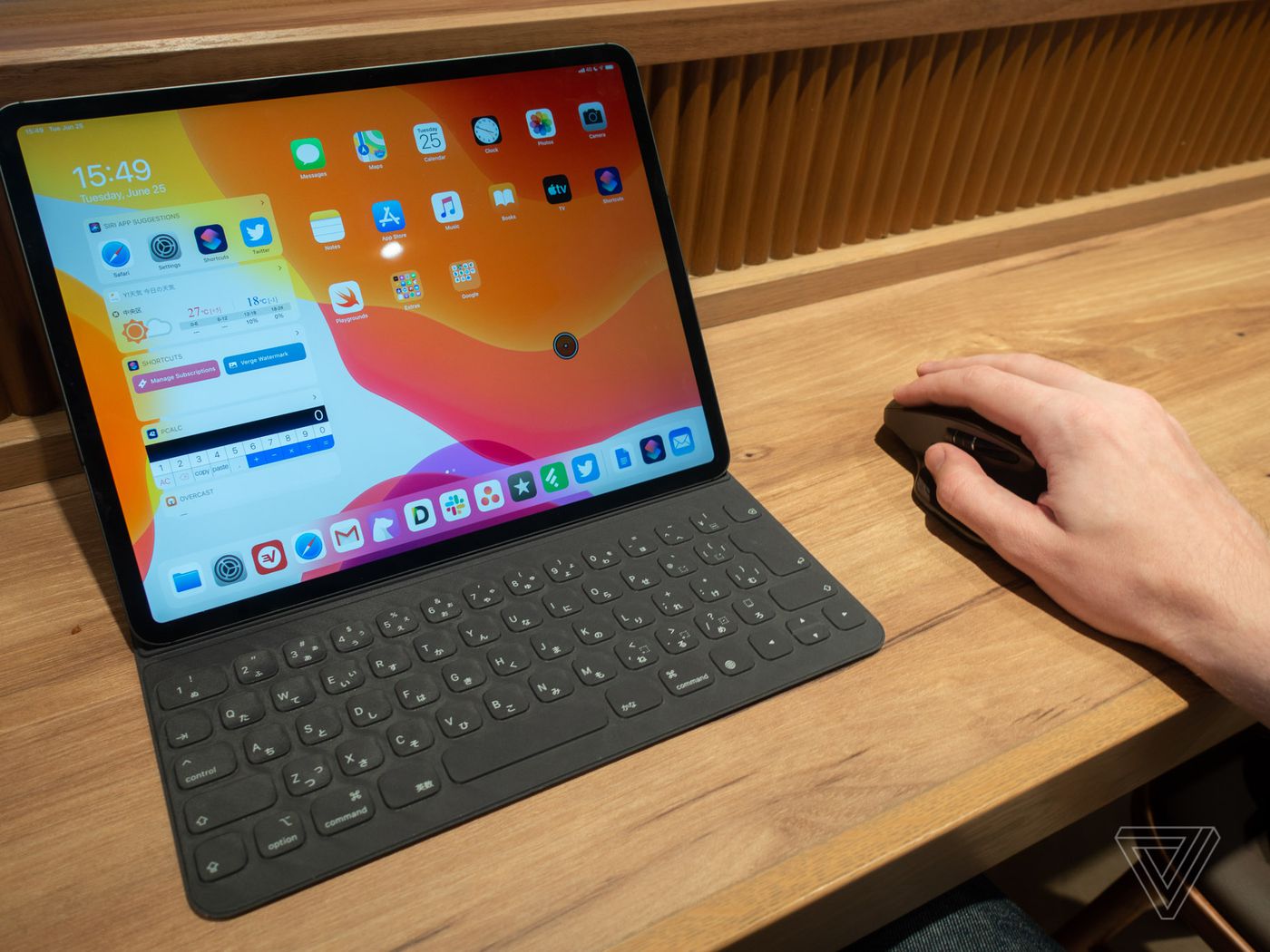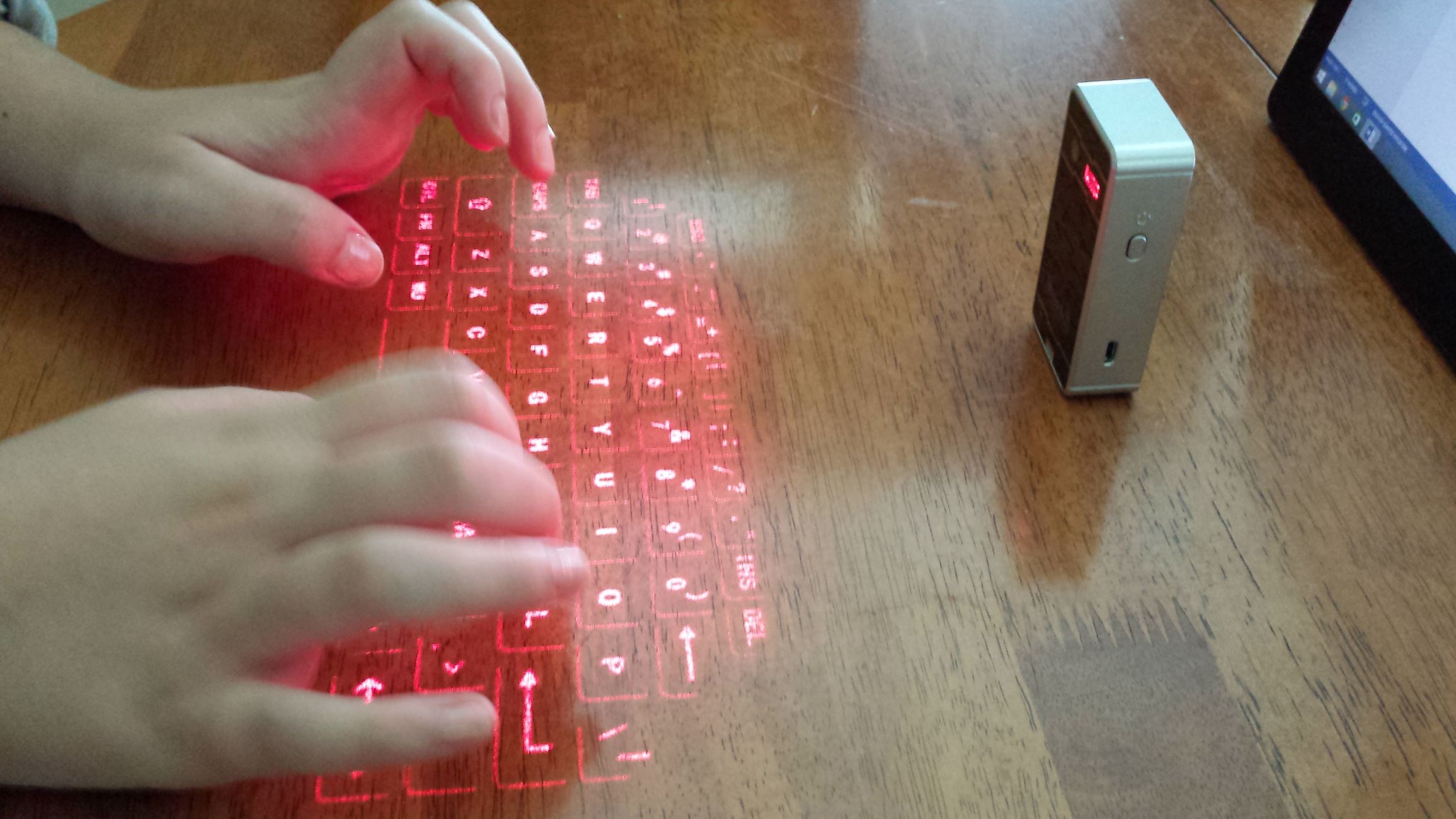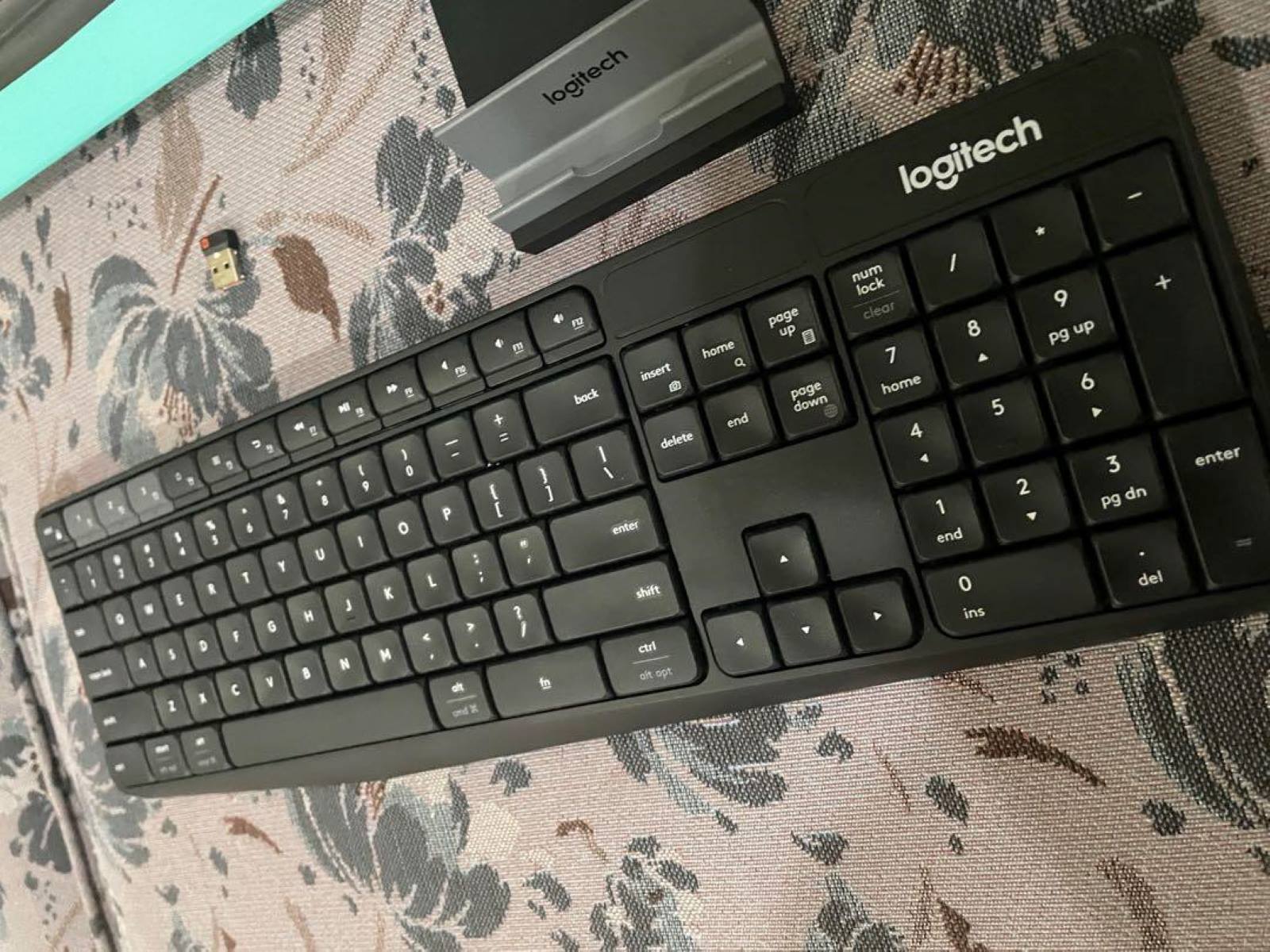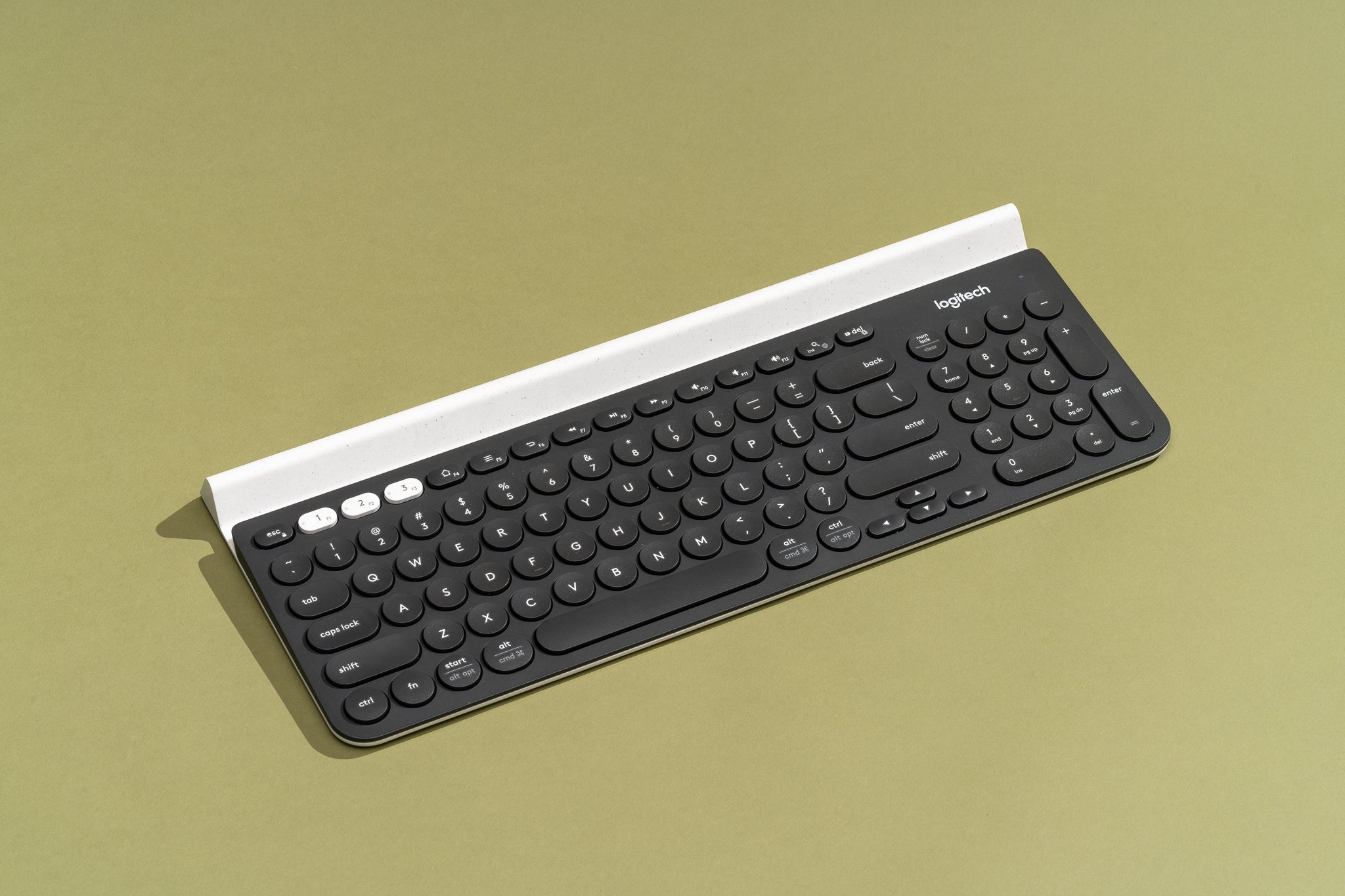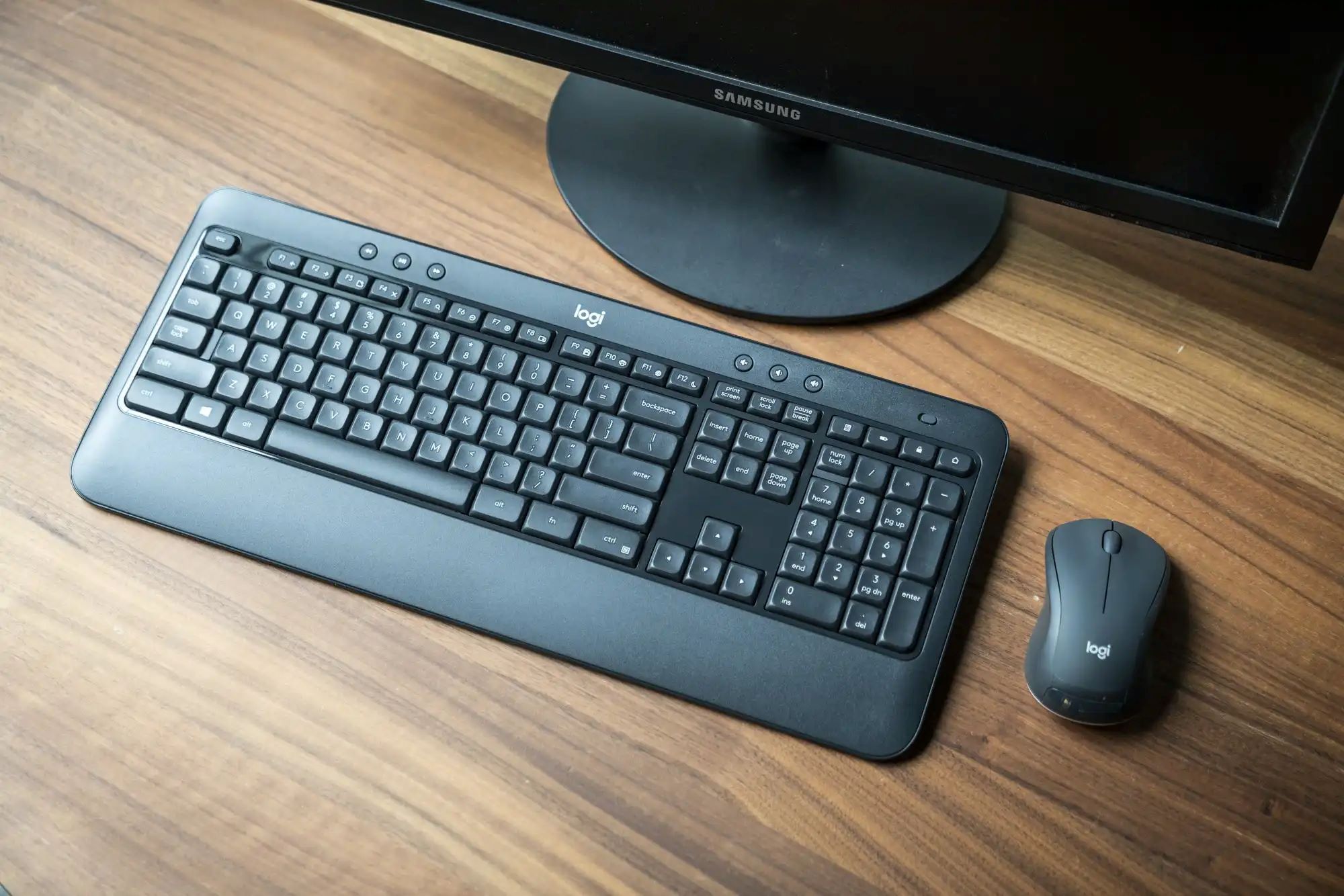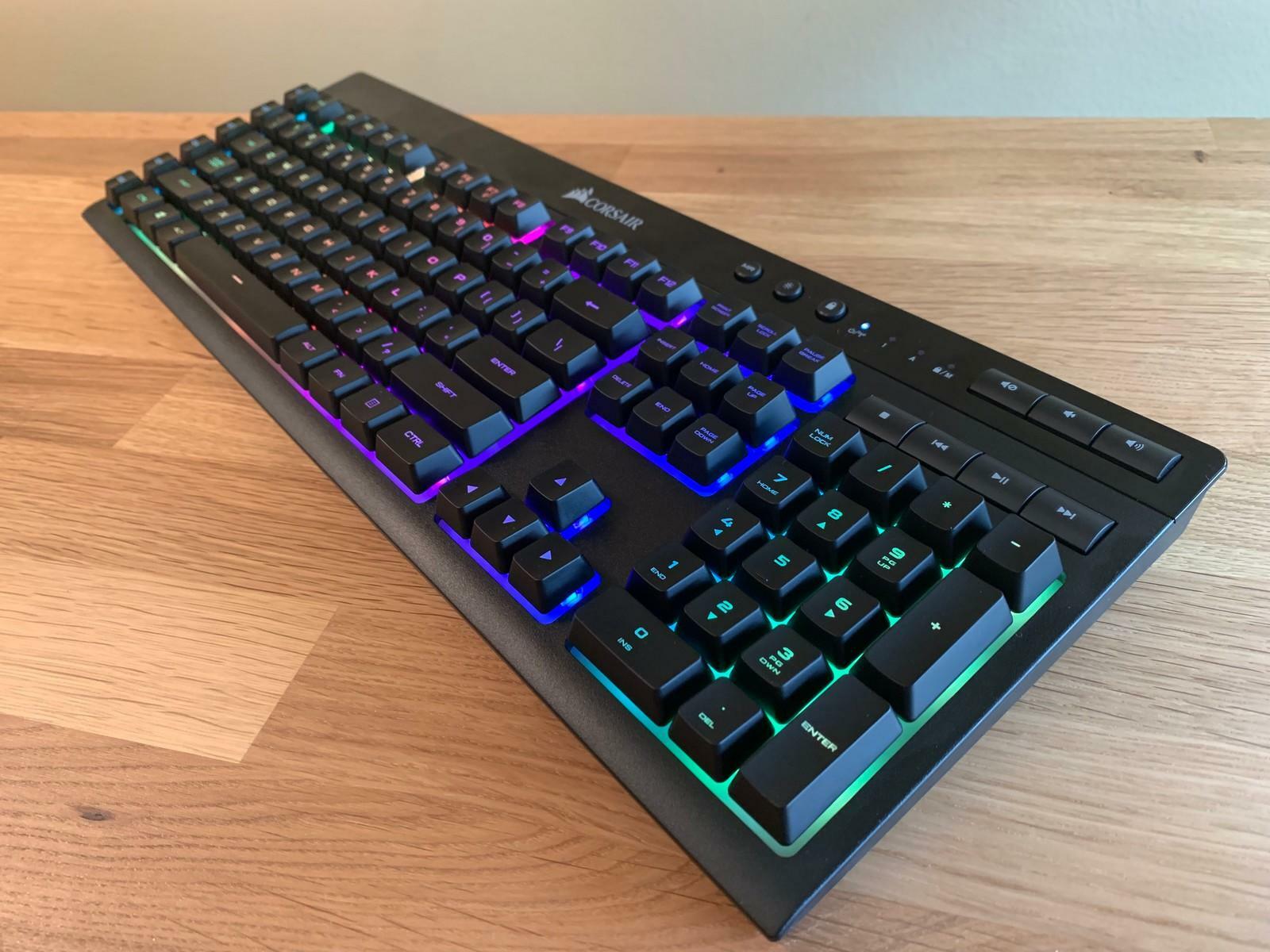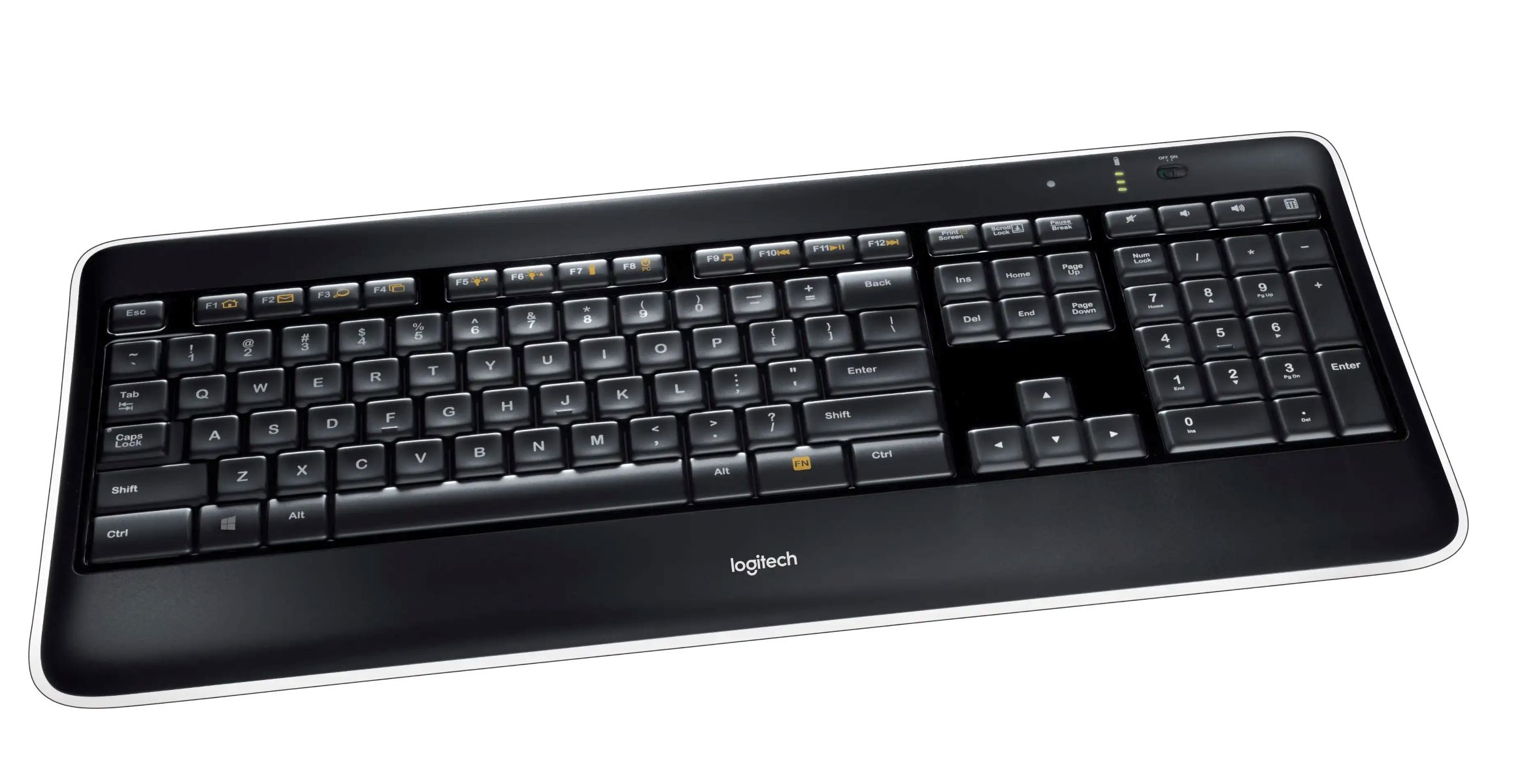Introduction
A wireless mouse is a convenient accessory that can enhance your tablet experience by providing more precise and comfortable navigation. Whether you’re using a tablet for work, studying, or entertainment, connecting a wireless mouse can make tasks easier and more efficient. In this guide, we will walk you through the process of connecting a wireless mouse to your tablet.
Before we begin, it’s important to note that not all tablets support wireless mouse connectivity. The compatibility of your tablet will depend on its operating system and hardware capabilities. If your tablet doesn’t have built-in Bluetooth or lacks the necessary drivers, it may not be able to connect to a wireless mouse. However, most modern tablets, including those running Android, iOS, and Windows, should be compatible.
Connecting a wireless mouse also offers several advantages. Firstly, it eliminates the need for a physical connection, giving you more freedom of movement. Additionally, a wireless mouse offers greater precision and responsiveness, making it ideal for tasks that require fine control, such as graphic design or gaming. It can also be more ergonomic, reducing the strain on your hand and wrist compared to using the touch screen for extended periods.
In the following steps, we will guide you through the process of connecting a wireless mouse to your tablet. The specific steps may vary depending on your tablet’s operating system and the model of your wireless mouse, but the general principles should apply. So, let’s get started and make your tablet experience even better with a wireless mouse!
Step 1: Check the tablet’s compatibility
Before attempting to connect a wireless mouse to your tablet, it’s important to check if your tablet supports this functionality. Most tablets nowadays come with built-in support for Bluetooth, which is necessary for connecting a wireless mouse. However, it’s always a good idea to verify this to ensure a smooth setup process.
Start by checking your tablet’s specifications or user manual to see if it mentions Bluetooth connectivity. If you’re unsure, you can also look for the Bluetooth icon in the settings menu of your tablet. Usually, it resembles a stylized “B” and can be found under the wireless or connectivity settings.
If your tablet does not have built-in Bluetooth support, it may still be possible to connect a wireless mouse using a USB dongle. Some wireless mouse models come with a USB receiver that you can plug into the tablet’s USB port. However, this method is dependent on the availability of a USB port on your tablet and the compatibility of the mouse’s USB receiver with your tablet’s operating system.
It’s also worth noting that different operating systems have varying levels of compatibility with wireless mice. For example, most Android tablets and iPads have extensive Bluetooth support, allowing you to connect a wide range of wireless mouse models. Windows tablets, on the other hand, may have more limited compatibility depending on the specific model and version of Windows.
If you’re still uncertain about your tablet’s compatibility or you’re having trouble finding the necessary information, it’s advisable to consult the manufacturer’s website or customer support. They will be able to provide you with accurate information about your tablet’s capabilities and guide you in selecting a compatible wireless mouse.
Once you have confirmed that your tablet supports Bluetooth or has a USB port for connecting a wireless mouse, you’re ready to move on to the next step. In the following steps, we will guide you through the process of preparing your wireless mouse and establishing a connection with your tablet.
Step 2: Prepare the wireless mouse
Before you can connect your wireless mouse to your tablet, you need to make sure it is properly prepared for the pairing process. Here are the steps to follow:
- Start by checking if your wireless mouse requires batteries. If it does, ensure that it has fresh batteries or is fully charged if it is a rechargeable model. This will ensure optimal performance and prevent any interruptions during the pairing process.
- Next, locate the power switch or button on the wireless mouse. Turn on the mouse by sliding the switch to the “On” position or pressing the power button.
- If your wireless mouse has any additional features or buttons, such as customizable DPI settings or extra programmable buttons, familiarize yourself with them. Check the mouse’s user manual or the manufacturer’s website for instructions on how to use these features, as they can enhance your overall experience with the mouse.
- Ensure that the wireless mouse is within range of your tablet. Most wireless mice have an operating range of several meters. However, to ensure a reliable connection, it’s best to keep the mouse within approximately one meter of the tablet during the pairing process.
- If your wireless mouse comes with a USB receiver, connect it to the USB port on your tablet. The mouse will use this receiver to communicate with your tablet. Some USB receivers are so small that they can be left plugged into the tablet even when not in use, while others may need to be connected each time you want to use the mouse.
Once you have prepared your wireless mouse, ensuring that it has power and is within range of your tablet, you can proceed to the next step, where we will guide you through the process of enabling Bluetooth on your tablet.
Step 3: Turn on the tablet’s Bluetooth
Before you can connect your wireless mouse to your tablet, you need to make sure that the tablet’s Bluetooth functionality is enabled. Follow these steps to turn on Bluetooth on your tablet:
- Open the settings menu on your tablet. You can usually find this by swiping down from the top of the screen and tapping on the gear icon.
- In the settings menu, look for the “Bluetooth” option. It is typically located under the “Wireless & Networks” or “Connections” section.
- Tap on the “Bluetooth” option to open the Bluetooth settings.
- Toggle the Bluetooth switch to the “On” position. This will enable Bluetooth on your tablet, allowing it to discover and connect to other Bluetooth devices.
Once you have turned on Bluetooth on your tablet, it will start searching for nearby Bluetooth devices, including your wireless mouse. This process may take a few seconds to complete.
Keep in mind that the exact steps to enable Bluetooth may vary depending on the tablet’s operating system and manufacturer. If you are unable to find the Bluetooth option in the settings menu, refer to the tablet’s user manual or visit the manufacturer’s support website for specific instructions.
Now that Bluetooth is enabled on your tablet, it’s time to prepare your wireless mouse for pairing. In the next step, we will guide you through putting the mouse in pairing mode.
Step 4: Put the mouse in pairing mode
After turning on Bluetooth on your tablet, the next step is to put your wireless mouse in pairing mode. Pairing mode allows your mouse to be discovered and connected by the tablet. The process may vary slightly depending on the model of your wireless mouse, but here are the general steps:
- Refer to the user manual or manufacturer’s instructions for your specific wireless mouse to determine how to put it in pairing mode. In most cases, this involves pressing and holding a specific button or combination of buttons on the mouse for a few seconds.
- While in pairing mode, the mouse may emit a blinking light or make a sound to indicate that it is ready to be paired.
- It’s important to note that some wireless mice enter pairing mode automatically when you turn them on. In such cases, you can skip this step.
By entering pairing mode, your wireless mouse is now ready to establish a connection with your tablet. In the next step, we will guide you through the process of connecting the mouse to your tablet.
Step 5: Connect the mouse to the tablet
Now that your tablet’s Bluetooth is enabled and your wireless mouse is in pairing mode, you can proceed with connecting the mouse to the tablet. Follow these steps to establish the connection:
- On your tablet, navigate to the Bluetooth settings. This is usually located in the settings menu under the “Wireless & Networks” or “Connections” section.
- In the Bluetooth settings menu, your tablet will start scanning for available Bluetooth devices. Wait for your wireless mouse to appear on the list of available devices.
- Once your mouse appears, tap on it to initiate the pairing process. Your tablet may display a pairing code that you need to enter on the mouse’s keypad or through an on-screen prompt.
- Follow any on-screen instructions or prompts to complete the pairing process. This may include confirming a passkey or entering a PIN.
- Once the pairing is successful, your tablet will display a confirmation message, and your wireless mouse will be connected to your tablet.
It’s worth noting that the pairing process may take a few moments, and the exact steps may vary depending on your tablet’s operating system. Some tablets may require you to enter a PIN or confirm a passkey during the pairing process for enhanced security.
Now that your wireless mouse is successfully connected to your tablet, you can move on to the final step to test the connection.
Step 6: Test the mouse connection
After successfully connecting your wireless mouse to your tablet, it’s important to test the connection to ensure that it is working properly. Follow these steps to test the mouse connection:
- On your tablet, navigate to a screen or app where you can interact with the mouse, such as the home screen or a web browser.
- Move the wireless mouse around and observe if the cursor on the tablet’s screen follows your mouse movements. Test the left and right-click buttons to ensure they perform their respective functions.
- If your wireless mouse has additional buttons or features, such as side buttons or a scroll wheel, test them to make sure they are functioning as expected.
- Try performing different tasks with the wireless mouse, such as scrolling through a webpage or selecting text, to ensure that it responds accurately and smoothly.
- If you encounter any issues with the mouse’s functionality, try restarting your tablet, repositioning the mouse closer to the tablet, or replacing the batteries if necessary.
If the wireless mouse’s connection and functionality are working as expected, congratulations! You have successfully connected and tested your wireless mouse with your tablet. You can now enjoy the benefits of using a wireless mouse for improved navigation and control on your tablet.
If you are experiencing any difficulties or the mouse is not functioning correctly, refer to the mouse’s user manual or contact the manufacturer’s customer support for troubleshooting assistance.
With the wireless mouse successfully connected and tested, you can now enjoy the added convenience and precision it brings to your tablet experience.
Conclusion
Connecting a wireless mouse to your tablet can greatly enhance your productivity and convenience. By following the steps outlined in this guide, you have successfully learned how to connect a wireless mouse to your tablet. Let’s quickly recap the key points:
- Check your tablet’s compatibility to ensure it supports Bluetooth or has a USB port for connecting a wireless mouse.
- Prepare your wireless mouse by ensuring it has fresh batteries or is fully charged, turning it on, and familiarizing yourself with any additional features.
- Turn on Bluetooth on your tablet to enable it to discover nearby Bluetooth devices.
- Put your wireless mouse in pairing mode, following the instructions from the user manual or manufacturer.
- Connect your mouse to your tablet by accessing the Bluetooth settings on your tablet and selecting your mouse from the list of available devices.
- Test the mouse connection by moving the mouse and ensuring its functionality, such as cursor movement and button clicks, is working as expected.
By connecting a wireless mouse to your tablet, you can enjoy greater precision, flexibility, and comfort while using your device. Whether you’re navigating through documents, browsing the web, or engaging in creative tasks, a wireless mouse can streamline your experience and reduce strain on your hand and wrist.
If you encounter any issues during the connection process, refer to the user manual of your specific devices or reach out to the manufacturer’s customer support for further assistance. They will be able to provide you with personalized guidance to resolve any problems you may face.
With your wireless mouse successfully connected and functioning, you can now enjoy a more seamless and efficient tablet experience. So go ahead, dive into your work, projects, or entertainment with the added precision and convenience that a wireless mouse brings!







